Leopard gecko is one of the most favorite pet in the world. It is not only a lovely reptile with great size but also very easy to raise. For leopard gecko, it does not require you to spend much effort and time to take care of it, but it still needs the most basic care.
If taken care of well, leopard geckos can live for more than two decades. And as you probably know, the factor for leopard gecko to be healthy and happy is its diet. You need to know what leopard geckos can and can’t eat.
Besides, you should also know what are leopard gecko’s favorite foods and what foods you should replenish them with. In this article, we will give you the best diet for leopard gecko. Do not worry, take out a pen and paper and record this useful information to serve your pet.
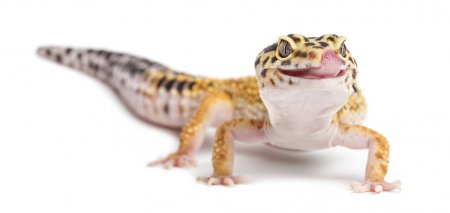
What does a wild gecko leopard eat?
In the wild, the leopard gecko is known as an insect-eating reptile. Although leopard gecko has many types and very biodiversity, but according to many scientists, they all eat the same.
The insects that leopard geckos eat in the wild are usually small insects and small animals that don’t have bones. Some common foods of wild leopard gecko are crickets, worms, grasshoppers, flies, spiders.
Some leopard geckos eat berries that fall on the ground or ripe berries on trees. However this is not the main menu of leopard gecko. When insects are not found, the fruit is another choice. But for the most part, they don’t like fruits and barely eat them. Leopard gecko is a carnivore.
What is the Best Food for a Leopard Gecko?
The leopard gecko in captivity is whether or not the diet is similar to the wild leopard gecko, there is basically not much change. Leopard geckos, when becoming a pet, stick to a diet of live insects.
You can simply understand that the leopard gecko in captivity is like a bird, loves to eat live insects and consider it to be the main menu during the meal. A variety of menus is needed, but live insects are an indispensable dish for this animal.
Leopard gecko can also eat other canned and processed foods. Although this is a popular choice, it still cannot top the leopard gecko’s priority list. That position is that of a living insect.
Very soon, let’s take a look at some of leopard gecko’s favorite foods.
#1 Crickets
Cricket is one of the top foods for leopard gecko. This food product both has a good amount of protein and fat and can stimulate the hunting instinct of leopard gecko.
The cricket is an animal that has a habit of burrowing to escape, so it inadvertently stimulates the hunting instincts of your pet. The Leopard gecko may be stimulated by cries and movements, so it certainly won’t stand still and will try to catch this prey. This is also considered as a practice or a pastime of leopard gecko in boring captivity.
The nutrition in crickets is a good amount of nutrition, and it is also a delicious dish of leopard gecko. However, this dish is quite noisy and loves to create challenges for leopard gecko and the owner.
Crickets are very loud and their cries are noisy. When you place crickets in a food dish, they will definitely not be as still as worms but will jump all over the cage. It will be a challenge for the leopard gecko if they want to get something for the meal, and also a challenge for you when trying to fix them to the food dish.
When you choose to buy this food item, be mindful of its size. The large crickets will be a problem that makes leopard gecko hard to eat. Remember the leopard gecko is a modest-sized species.
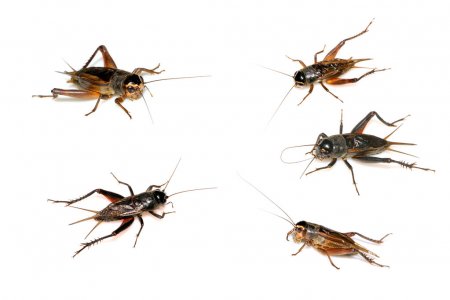
#2 Mealworms
Mealworms are one of leopard gecko’s favorite foods. And perhaps mealworms are also the most popular live product, the most popular choice for reptile pets. All have their reasons.
Mealworms contain a variety of nutrients, from protein to fat. In the past, there was a lot of controversy about the fact that their high-fat content and low calcium content will have an adverse effect on leopard geckos, but many studies show that this content is still very safe for pets.
Moreover, mealworms are also very easy to digest. Unlike the beetles that can affect the leopard gecko’s digestive system, mealworms have a softness to help pets avoid them.
Besides, mealworms also do not like to escape like crickets, they do not move much and are suitable for placing in food dishes. You also do not have to search for leftovers every time you clean the pet’s living environment. However, this is also the reason why some leopard geckos feel uninterested when their food does not budge.
Mealworms are also very easy to keep and store, so you don’t need too much space to store them like crickets. Mealworms reproduce very quickly, perfect when raised at home to maintain an abundant food source for leopard gecko.
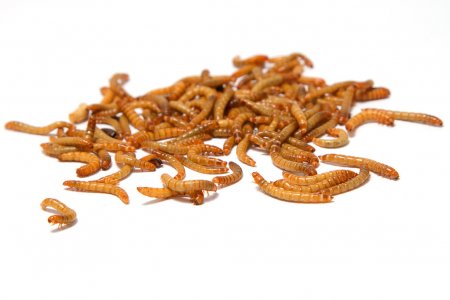
#3 Waxworms
Waxworms are also one of leopard gecko’s favorite foods, but you shouldn’t use it as your pet’s main meal. The reason is because this food item is high in fat and certainly you will not want your leopard gecko to be obese.
For this food item, feed the leopard gecko as a snack, and don’t overfeed it. Occasionally feed the leopard gecko as a snack or when you want to improve the leopard gecko meal. You can also consider this dish to stimulate the appetite of leopard gecko when they seem to be anorexic.
Waxworms are also very easy to store and they do not work much. However, you should not buy in large quantities because leopard gecko does not need such a huge amount of fat.
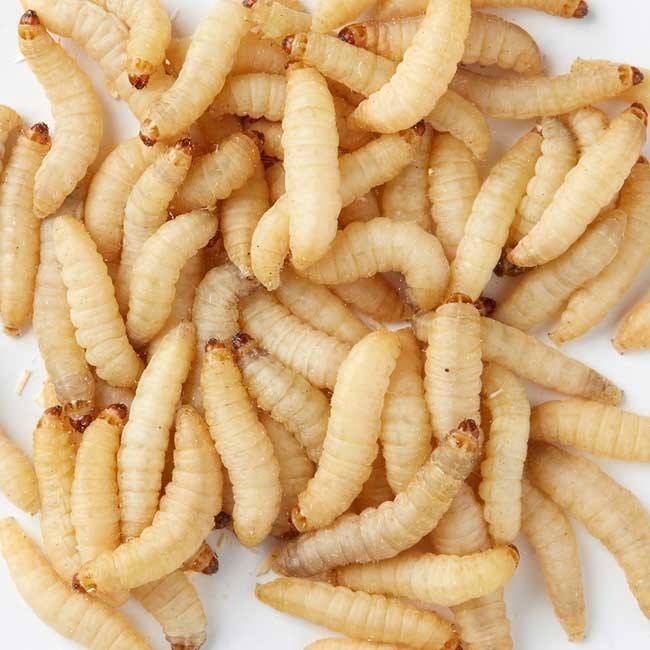
#4 Silkworms
Silkworms are also a great choice for you. They are small-sized food items, do not move much, high nutritional content, so they are suitable for making food of leopard gecko. And most of all, leopard geckos also love these beautiful white worms.
But silkworms cannot live long, their life is only a few weeks, so you should not store them in large numbers. Its reproduction is not as easy as mealworms so you should not try to increase the number of available mealworms.
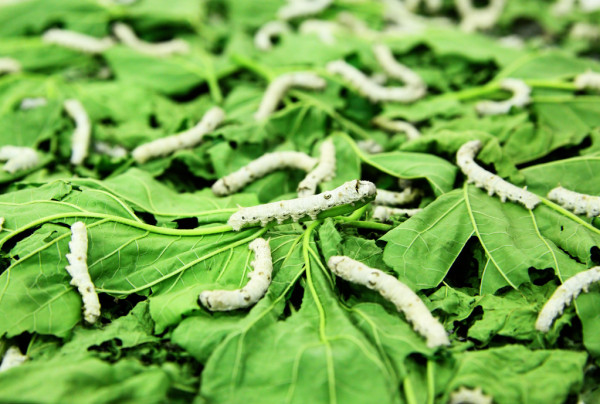
#5 Dubia roaches
Dubia roaches are slowly becoming a popular choice for leopard gecko meals. These small animals are an essential nutritional supplement for your reptile pet.
Dubia roaches can survive for a long time and are very fertile. Therefore it is ideal for you to store it at home so that leopard gecko food supplies are always available. They also don’t take up as much storage space as crickets, all they need is the proper temperature.
Dubia roaches last longer than most types of worms, they also do not cause unpleasant odors so this is a good investment. Moreover, they are also a great size for leopard gecko to be eaten easily. They do move, but they are very slow so they cannot become a leopard gecko challenge.
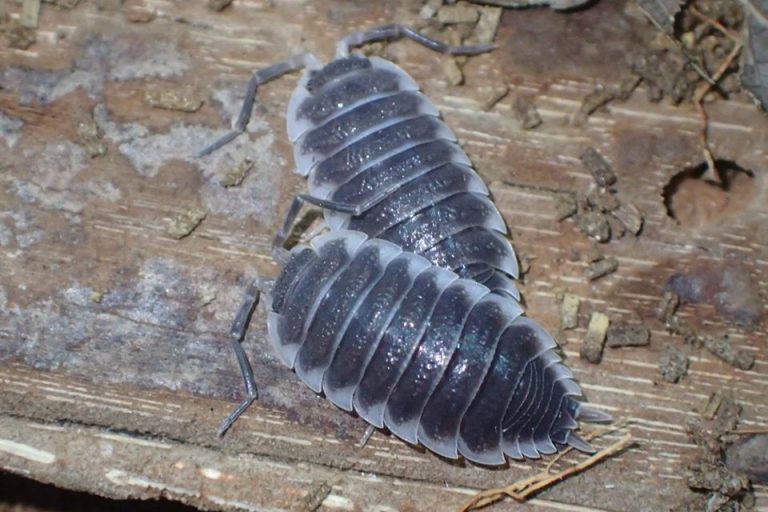
#6 Locusts
Locusts, animals that move quickly, are always prey to stimulate the hunting instinct of leopard gecko. And of course they are also the food that leopard gecko loved.
Locusts are also a great nutritional dish alongside the names we have listed above. However, you may not find these animals readily available at pet stores or online.
Besides, locusts are usually quite large in size so that leopard geckos can be eaten easily. So you should check the size of this food item before you buy it.
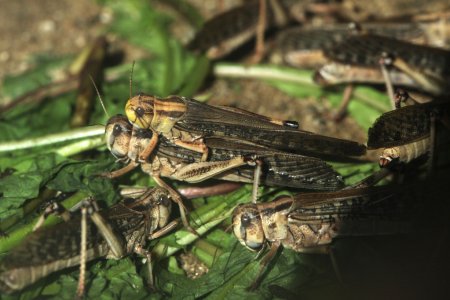
#7 Wild insect
Aside from the commercial insects on the market, many people choose to leopard geckos with the wild insects they catch. This brings a new experience for those leopard geckos that are too boring for their commercial menu, as well as bringing more variety to the diet.
However, besides that benefit, wild insects also bring certain dangers to leopard gecko. You will regret it if the leopard gecko gets sick from the parasites that wild insects bring. At least commercial insects carry less risk of disease.
We cannot control the sources of diseases and parasites of wild insects. So you should watch carefully before deciding to bring it to leopard gecko.
Check to see if there are any contaminated areas around them, or if pesticides are used. Insects from these regions are at high risk of carrying germs. You should also avoid letting leopard geckos eat wild insects when there are animal diseases, as these animals often come in close contact with other breeds.
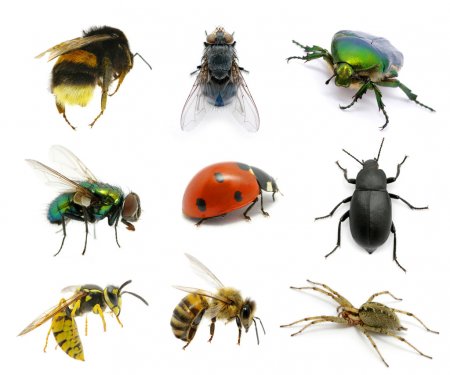
How to supplement vitamins for leopard gecko?
As we said above, leopard geckos are pure carnivores, they never eat fruits or vegetables. However fruits and vegetables are a good source of vitamins, so how to provide leopard gecko vitamins?
If so, replace fruits and vegetables with vitamin powder. This is the most common method for vitamin supplements needed for the comprehensive development of leopard gecko.
As you probably know, leopard gecko is nocturnal so it does not sunbathe during the day. This leads to leopard gecko lack of vitamin D3 – an essential nutrient for the development of the body, which vitamin D3 is abundant in natural sunlight. That’s why you can only provide vitamin D3 for leopard gecko through the diet.
Currently on the market, there are many types of powder supplements and you can easily find them at any e-commerce site.
Besides vitamins, calcium is also a very important substance for leopard gecko and certainly commercial insects can not provide the necessary amount for it. Therefore, you should add calcium to your pet reptile.
Leopard gecko in particular and lizard in general need calcium for reproduction and shedding. Look for pure calcium and put into food dish, leopard gecko will automatically provide yourself with calcium through it. And you should also observe the status of leopard gecko to promptly remove additional calcium, avoiding overdose.
Before buying these supplements, you should consult the source of the product to avoid buying fake or poor quality products. Because this is a source of the direct health impact of the pet, you need to check carefully.
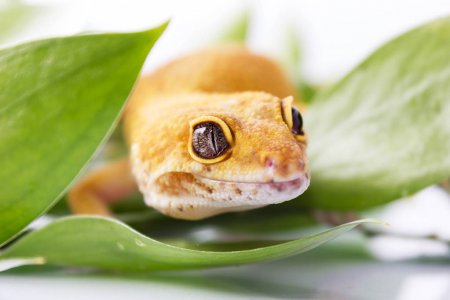 How much does a leopard gecko eat?
How much does a leopard gecko eat?
How much a leopard gecko eats depends on their age and health status. A baby leopard gecko will of course have a smaller serving size than an adult, and a sick leopard gecko will have a different diet than a healthy one.
From 5 to 8 insects will be the ideal amount for a baby leopard gecko per day, the number of insects should be divided into two meals and you can use additional powdered supplements to supplement its vitamins.
These leopard gecko is a bit bigger, about 10 insects are needed for each day. You can also try alternating between high-fat insects to stimulate their appetite. Supplementing calcium and powdered vitamins with them is also a necessary diet.
For sick leopard geckos, you should feed them with a varied menu until they recover. A diverse menu will add the necessary nutrients to leopard gecko quickly recover. As for picky leopard geckos, you should stimulate them with fast-moving insects, and make sure that the food dish is always available.
You should note that baby leopard gecko should be fed every day so that they can develop in the most comprehensive way. Adult geckos can be fed every other day, not necessarily every day like babies. And female leopard geckos should be fed more than males to ensure its fertility.
You can check the status of the leopard gecko thanks to their tail. This animal stores fat on its tail, so you can increase or decrease the number of insects you feed to maintain a balanced pet. If the tail is too fat, immediately reduce pet ration and vice versa.
Besides the food dishes, you can also feed leopard gecko by using insect tweezers. This way the baby leopard gecko is well cared for and you can ensure the number of insects you feed on as you wish. But it also reduces the hunting instinct of pets. So you should not be too abusive, but change the method every other day.
How should Leopard gecko drink water?
Of course, leopard gecko cannot live without water like any living thing on earth, so water is also an important part of leopard gecko’s diet.
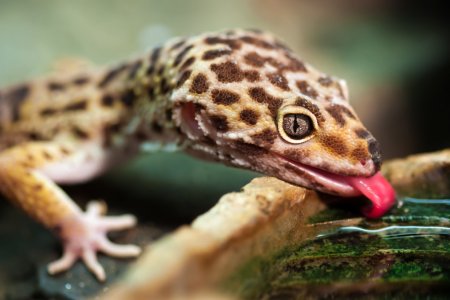
Leopard gecko drinks water with its tongue, so invest in a water dish so your pet can drink easily. The water dish should never be deep, baby leopard gecko can drown if the water dish is too deep and there is too much water in it.
The ideal depth of water dish for baby leopard gecko is under 1cm, for adult leopard gecko is less than 1.5cm. The water dishes should not hold too much water to keep leopard gecko’s bedding always dry.
You should use pure water for leopard gecko drinks and need to change the water every day. Make sure your pet has water every night. Many people forget that leopard gecko works at night so it does not provide water for it, which is very dangerous.
And you should also note that leopard gecko should not be supplied by calcium rehydration for it to drink. Why? Because this can make its diet overloaded. Too many nutrients will cause your leopard gecko to adversely affect health.
Conclusion
Leopard gecko is not a pet that needs complex care, but it still needs the most basic care in order to fully develop. Leopard gecko is a pure carnivore so the amount of nutrients it receives through insects is not yet comprehensive.
You need to give it the vitamins and minerals necessary in plants with supplements. And don’t forget to supply it with water every day, of course the water dish should never be deep. Hope the above information will help you with your pet’s journey. We would appreciate your comment!